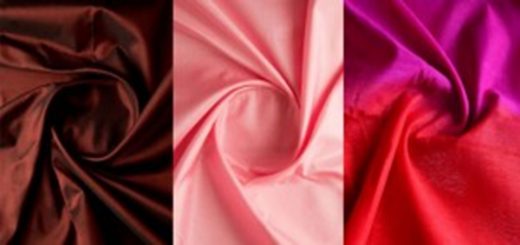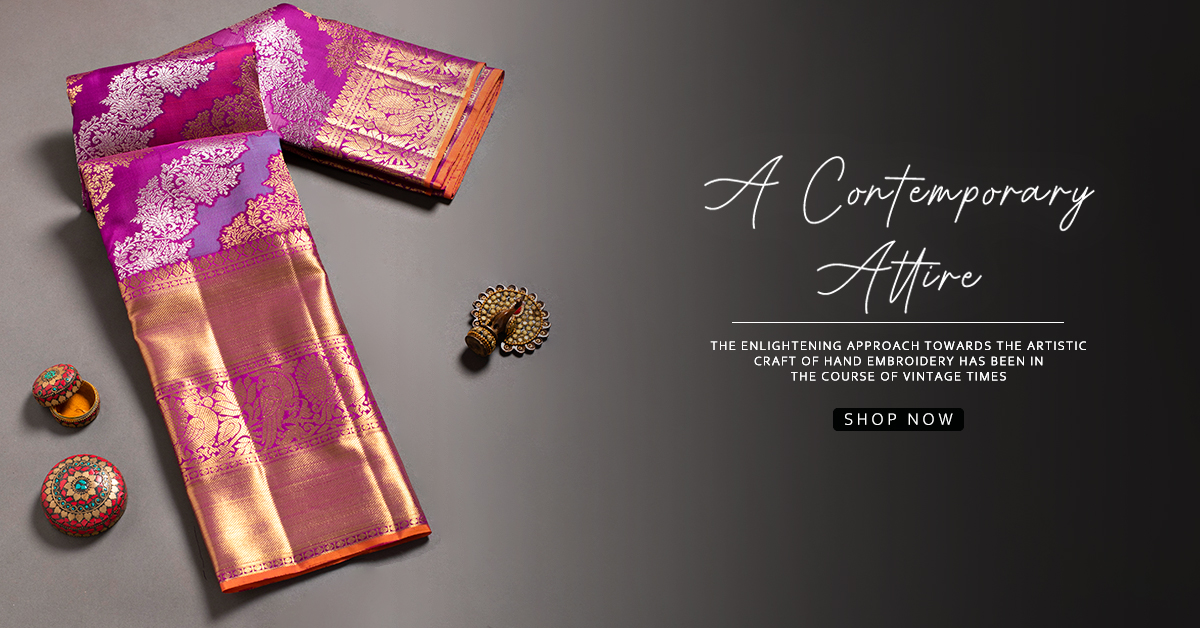How Silk is Produced?
Silk, the Queen of textiles, comes from the cocoon of the silk worm. The Bombyx Mori silk moth is used to produce silk. The filament produced by the Bombyx Mori is used by most of the commercial silk industries. Pure Silk has been a fashion staple in fabrics for many years. It’s been used for high-end clothing and household items for years. Most people wear it, but very few are aware of the production of silk.
Production of Silk
The species Bombyx Mori is cultivated and raised under controlled environment conditions. The following are the various stages to this process.
Stage 1: The silk worm, Bombyx Mori, feeds on mulberry leaves and secretes a protein through its head. It then attaches itself to the mulberry tree to spin a silk cocoon. This entire process takes 3-8 days and is referred to as pupating. These cocoons are delivered to the factory by the farmer.
Stage 2: Once the cocoons reach the factory, the silk manufacturers sort the cocoons by colour, shape, size and texture. These cocoons usually range from white and yellow to greyish.
Stage 3: After the cocoons have been sorted, they are softened by boiling in hot water for five minutes, while they are being turned gently. They are then taken out of hot water and dried.
Stage 4: The next step refers to as reeling where in a thread of raw silk is formed. After the cocoon is dried, the unwinding of silk filaments from the cocoon takes place. These silk filaments are combined together to form a thread of raw silk. A dissecting needle is used to pick up the strands. A single strand that comes off is wound around a pencil. This process requires a very delicate handling. Since the filament if very fine, it is very much necessary to combine 3-10 strands to produce the desired raw silk. To make 1 pound of silk, it takes around 3000 cocoons. This silk is referred as reeled silk.
Stage 5: The last stage is called weaving. This process involves interlacing of yarns to create a fabric. It is usually carried out on a power loom or hand.





































